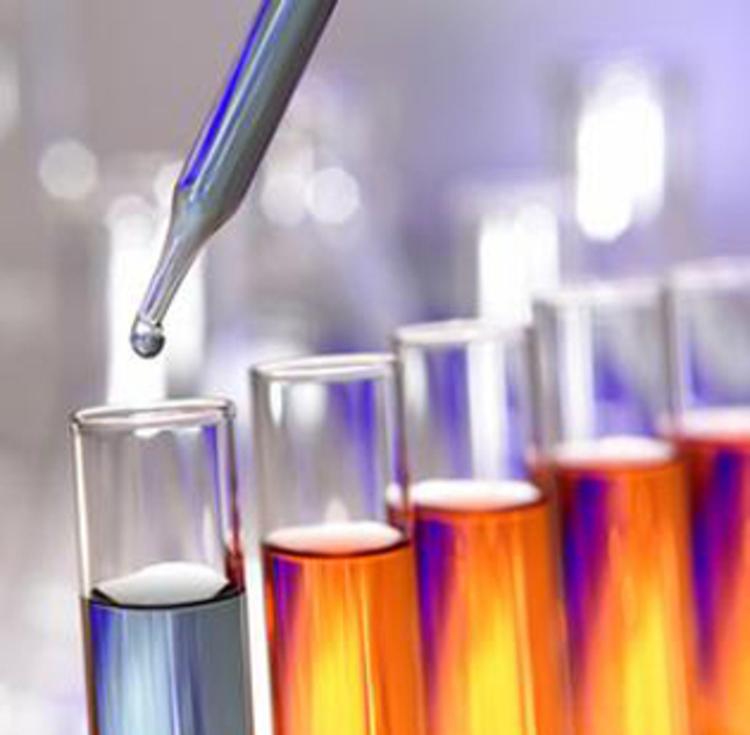BioCryst Pharmaceuticals, Inc. (NASDAQ:BCRX) disclosed the results of its study on OPuS-2, i.e. Oral ProphylaxiS-2. This was a clinical study of avoralstat, administered three times per day as a liquid-filled soft gel for the treatment of prophylactic or genetic disorders. Its CEO, Jon Stonehouse, said that the results showed that the study can not move forward resulting in shares plummeting more than 60% in pre market trading.
Patients Administered Dosage
BioCryst Pharmaceuticals said that it administered a 300 mg or 500 mg dose of avoralstat, during the study period of 12 weeks. The study did not provide any lower rate of edema or swelling attacks compared with those patients who were given a placebo. The drug was meant to treat hereditary angioedema, which was a rare but potential genetic disease. The disease effects one person out of 10,000 – 50,000 people.
The company stated that the disease caused frequent swelling bouts in different parts of the body. That included hands, genitalia, and face. The drug firm indicated that patient’s abdominal walls could also have the potential to swell thus leading to nausea, as well as, vomiting. There are no oral drugs for this disease. However there are injections that are currently on the market.
Primary Goal
BioCryst Pharmaceuticals said that its primary objective was to characterize the avoralstat efficacy in bringing down the angioedema attacks so that the safety and tolerability can be evaluated. Its CEO said that OPuS-2 was well-designated, as well as, executed during the trial period. However, he said that the results were a big disappointment as the company understood the need for better exposure to succeed.
BioCryst Pharmaceuticals’ CEO said that it expects bioavailability trial results, which is testing a novel solid dosage type of avoralstat, by the middle of the current year. The company was expecting its trial to achieve much higher exposures on two dosages per day. The alternative to increased exposure was an oral kallikrein inhibitor for which the company expects results by the end of the year.
